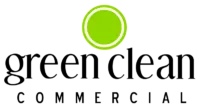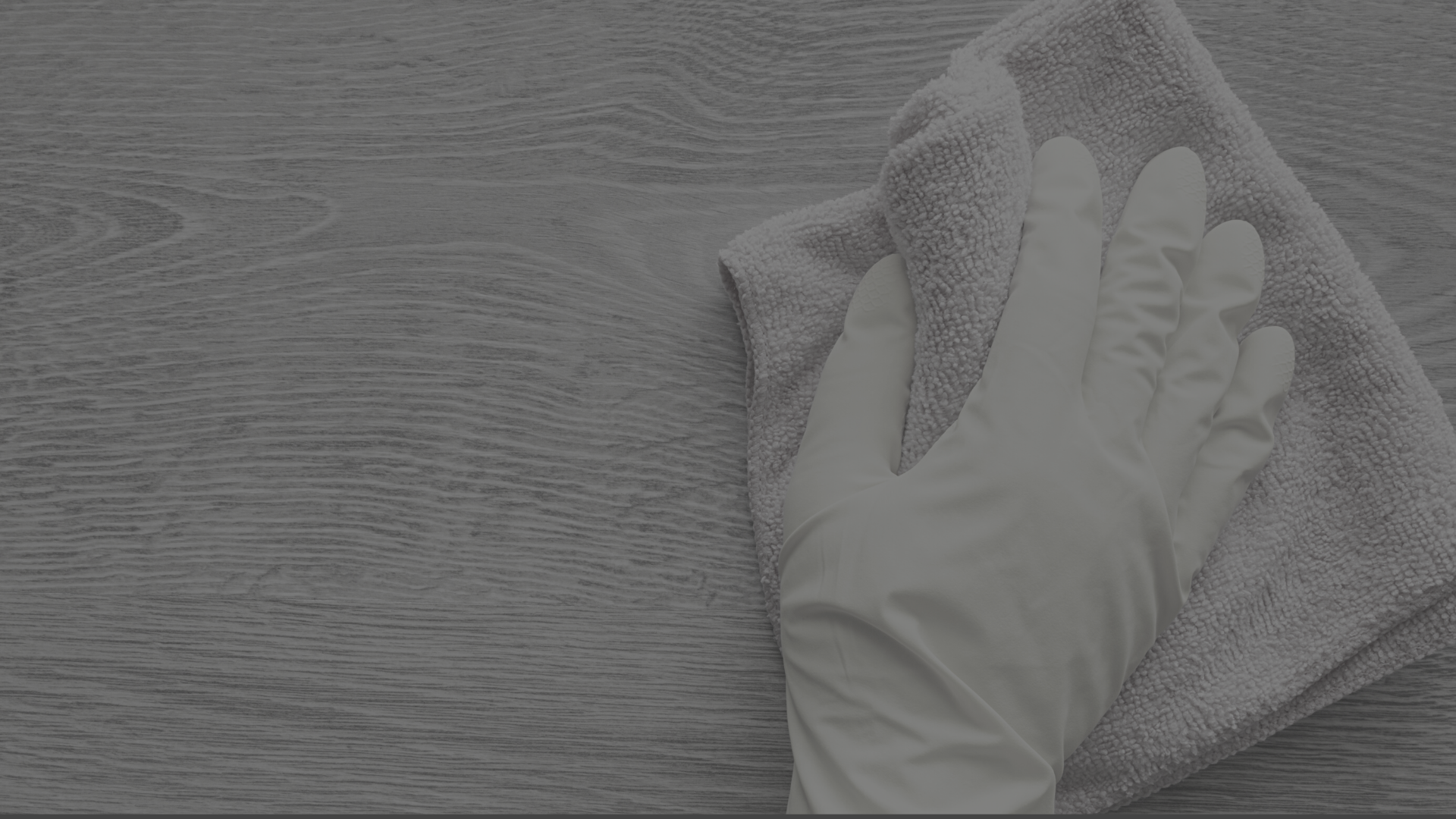
Industry Cleaning Concerns - How Major Industries Have Shifted Cleaning Protocols
Whether we wanted it or not, we’ve hit a one-year anniversary of living and working amidst the COVID pandemic. Cleaning protocols, once a more minor facet of business operations, took center stage as companies prepared to reopen in Spring/Summer of 2020 and thereon. With a newfound urgency, the cleaning industry took the bull by the horns, and companies like Green Clean forged the way in establishing methods for safe reopening and the continuation of business practices. Here’s a breakdown of the many ways different industries have addressed specific concerns and pivoted their cleaning operations as a means of negating the spread of the virus.
Hospitality
We are all accustomed to noticing a small “this room is clean” tent when you check into your hotel room, but if you look a little harder, you’ll notice rigorous changes in the cleaning protocols in hotels and multi-unit residential complexes since the pandemic began. With the sudden halt of almost all travel within the country in March of 2020, once-bustling hotel lobbies and bookings came to a near halt, and communal areas within multi-unit residential complexes were taped off and marked closed. As a means to give travelers confidence that their safety and health could be upheld during travel and to reopen communal areas in residential complexes, the hospitality industry got to work on establishing cleaning routines to stop the viral spread.
Disinfectants with anti-viral capacity are the new standard and are routinely used not only in hotel rooms but also in the lobby area, gyms, reception, pool, and all surfaces a guest or employee accesses. Facilities are monitored for use by employees and are cleaned on demand when a patron exits to be ready for another patron's use. Hotels implemented “CLEAN” vs “DIRTY” signage to notate which equipment in gyms or laundry are disinfected and ready for occupancy. HEPA-grade air filters were also installed into many communal areas to recycle and put out clean air particles.
Corporate
When COVID hit, many corporate offices resorted to a work from home model, but as time went on, many realized an element of in-person communication was lacking. As a means to get employees back to the office safely, industry leaders depended on their cleaning companies to employ strategies to keep co-workers healthy while operating in a shared space once more.
Scheduled cleaning services have been revised to be more thorough and more frequent. Gone are the days of cleaning soiled-only surfaces, as cleaners now fight an invisible virus with the capacity to infect someone with one cell. With rigorous attention to detail, cleaning companies adhere to a thorough list of commonly touched surfaces and disinfect each according to frequency and volume of usage. Shared spaces, like break rooms and conference rooms, utilize air filters and have increased from weekly to every other day or even on-demand cleanings as a means to avoid workforce attrition due to sickness. After a year of practice, these cleaning systems have allowed for work to move forward with the health of employees strongly intact.
Healthcare
Hospitals and doctors' offices are on the front lines of COVID. With sick and healthy people accessing these facilities on a daily basis, it is imperative that stringent cleaning and sanitation protocols are in place for healthcare workers to continue their ability to provide care for patients. While sanitation has always been a priority in this industry, the last year has demanded that healthcare facilities adhere to top-notch, quality cleaning procedures in order to combat COVID and keep healthcare workers safe.
To keep facilities open and safely operating, cleaning services have been upgraded from a weekly to a daily basis, and within operatories as frequently as between patients. Antiviral disinfectants are used during business operations on any shared surfaces such as a reception counter, touch screen check-in devices, doorknobs, and pens. Cleaning companies detail surfaces within patient treatment areas to maintain infection control. Supplies for floor and surface cleaning are coded for which surfaces they are used on as a means to prevent cross-contamination from surface to surface and washed between uses.
Conclusion
Epidemiology experts suspect that it will be some time, possibly years before these newly adapted, more stringent cleaning routines will let up in the midst of the COVID pandemic. In order to stay afloat, these industries have reinvented their means of operations by adapting to new cleaning parameters on a dime and are well prepared to combat the invisible threat of coronavirus.


